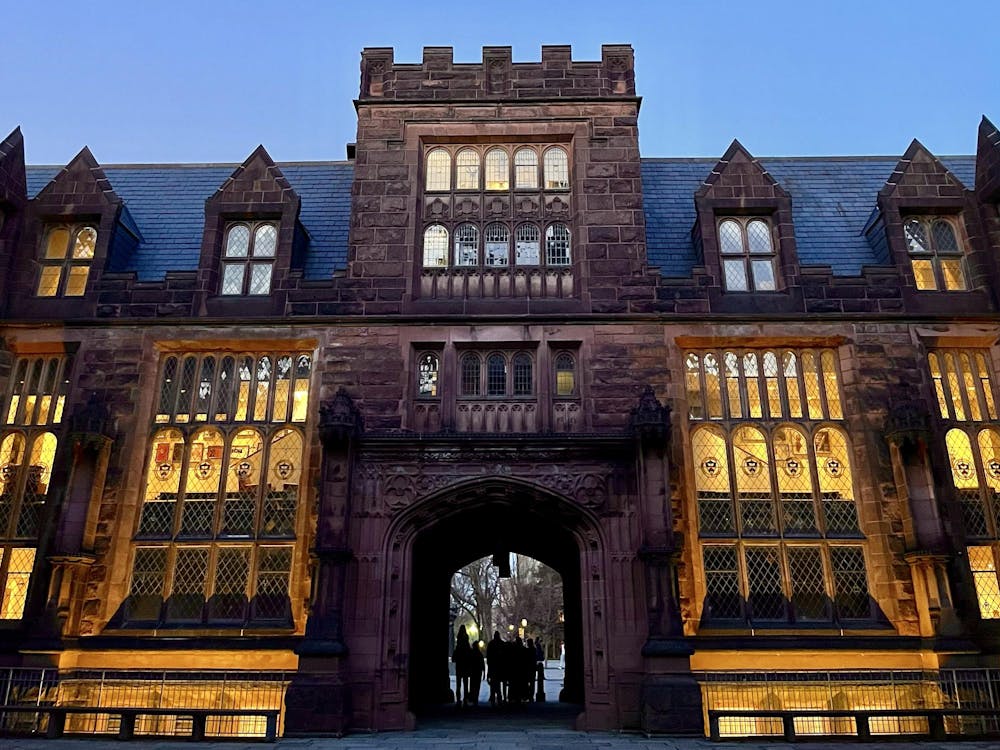Last week, Yale University announced the receipt of a major donation that would help it build two new residential colleges and increase the student body by about 15% to a total of over 6000 undergraduates. The next day, President Eisgruber suggested increasing Princeton’s undergraduate student body at a Council of Princeton University Community meeting. This would be a bad idea.
Princeton has traditionally been a high-powered liberal arts university with a modestly larger student body than other such institutions. Increasing the student body further would damage Princeton’s tradition of excellence. As a liberal arts university, one of Princeton’s trademarks is a remarkably low student-to-faculty ratio (currently, 6:1). This ensures robust student-faculty interaction and generally smaller class sizes, resulting in a unique learning environment. Increasing the student body without a commensurate increase in highly qualified professors would endanger one of Princeton’s unique attributes.
Increasing the faculty and resources of the University proportionally to a student body expansion would be expensive. Were it not for a recent $250 million pledge, Yale University would be facing a steep $330 million price tag for the construction of its two new residential colleges alone —to say nothing of costs for hiring new faculty, constructing new academic and administrative facilities or other unforeseen expenses. Coincidentally, Princeton is already engaged in shelling out in excess of $300 million for the new Arts and Transit Neighborhood currently in the works. Perhaps we should see this project to completion before contemplating incredibly expensive proposals.
But let us suppose that even the large costs could be easily reckoned with. After all, Princeton does have generous alumni and the highest endowment-to-student ratio of any university worldwide (in 2013, it stands at $1,857,040 per student). Still, that does not change the fact that more students means less individual attention. Moreover, an increase in the student body could detrimentally alter the Princetonian social atmosphere. For one thing, it’s hard to say how an increase in the student body would impact the eating clubs, as well as the campus Greek life situation.
Furthermore, as things stand, Princeton is fairly tight-knit. The smallish student body provides for a greater sense of community. Beyond the mere abstraction of “community,” a small student body has the practical effect of making it more likely to encounter friends around campus and know more of one’s class. Larger class sizes are less apt to provide these positive facets of Princeton’s social atmosphere.
Over the years, Princeton has grown from a small college of Presbyterian ministers-in-training to a full-blown research university built on a liberal-arts foundation. Growth often came in sudden spurts —from the great expansion of 1896 when Princeton College became Princeton University to the introduction of coeducation in 1969. Yet its distribution over the years was gradual, and, it is important to note, Princeton recently did expand by 10 percent with the completion of Whitman College in 2007. Given this recent growth spurt, it seems premature to begin formulating plans to expand once again so shortly afterward.In sum, the Board believes that expanding Princeton’s student body would not be in the interest of maintaining the University’s unique character. Arguing in favor of Princeton’s current size is no argument for harboring a superior sense of exclusivity; rather, it is simply an argument for preserving Princeton as the unique and excellent university that it has come to be. Besides, we wouldn’t want to go down the same road as Yale.







